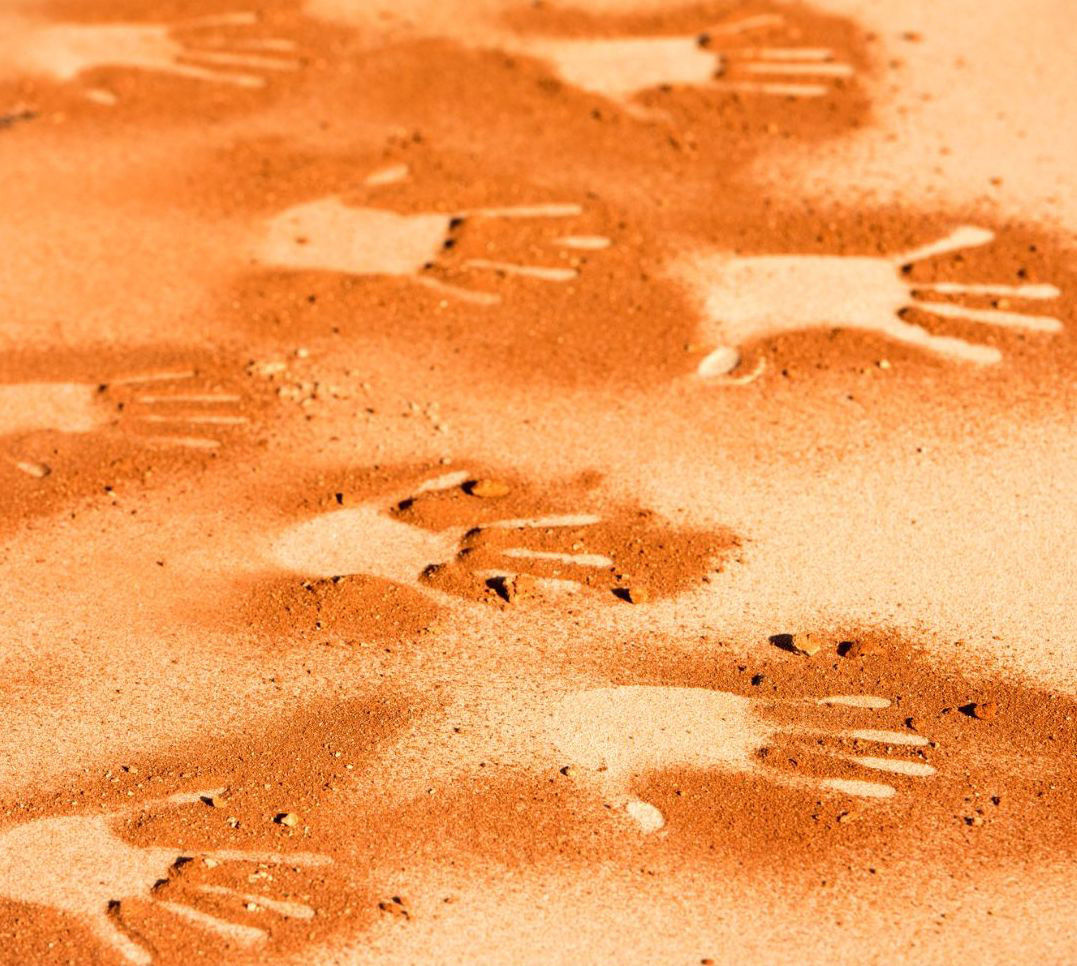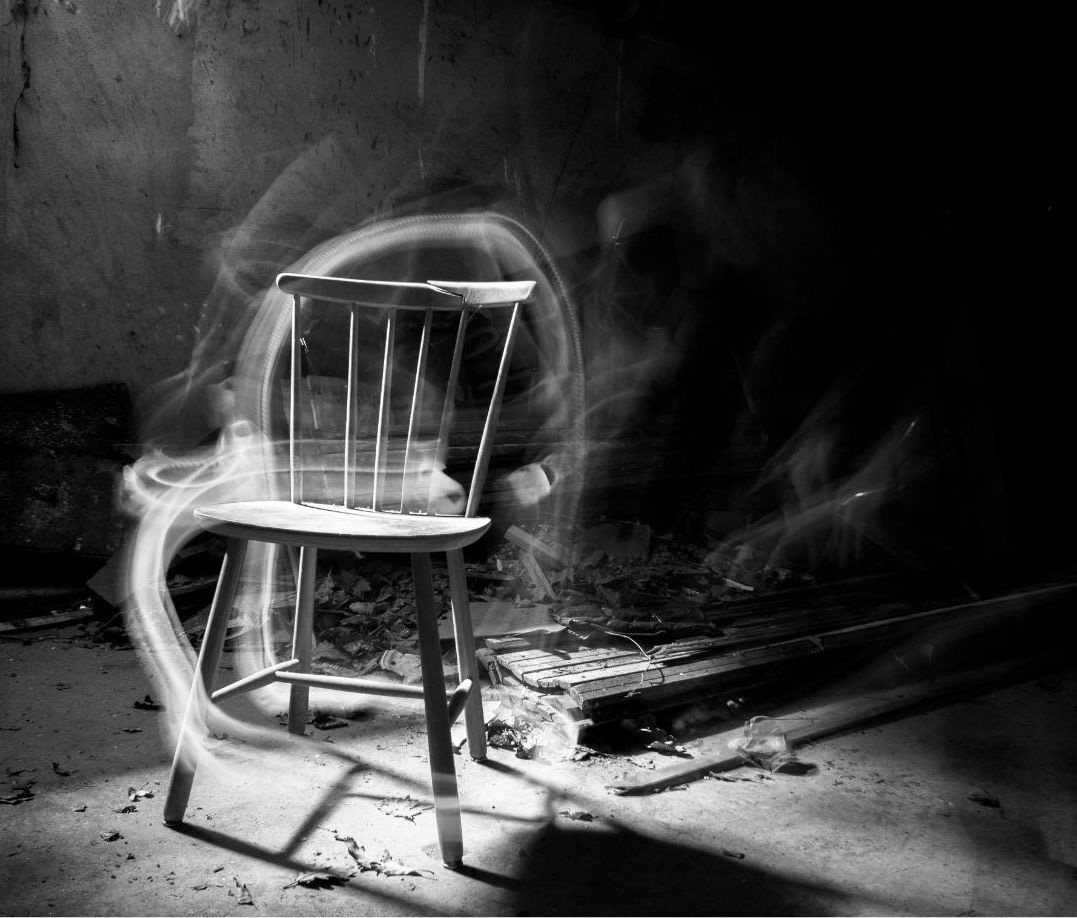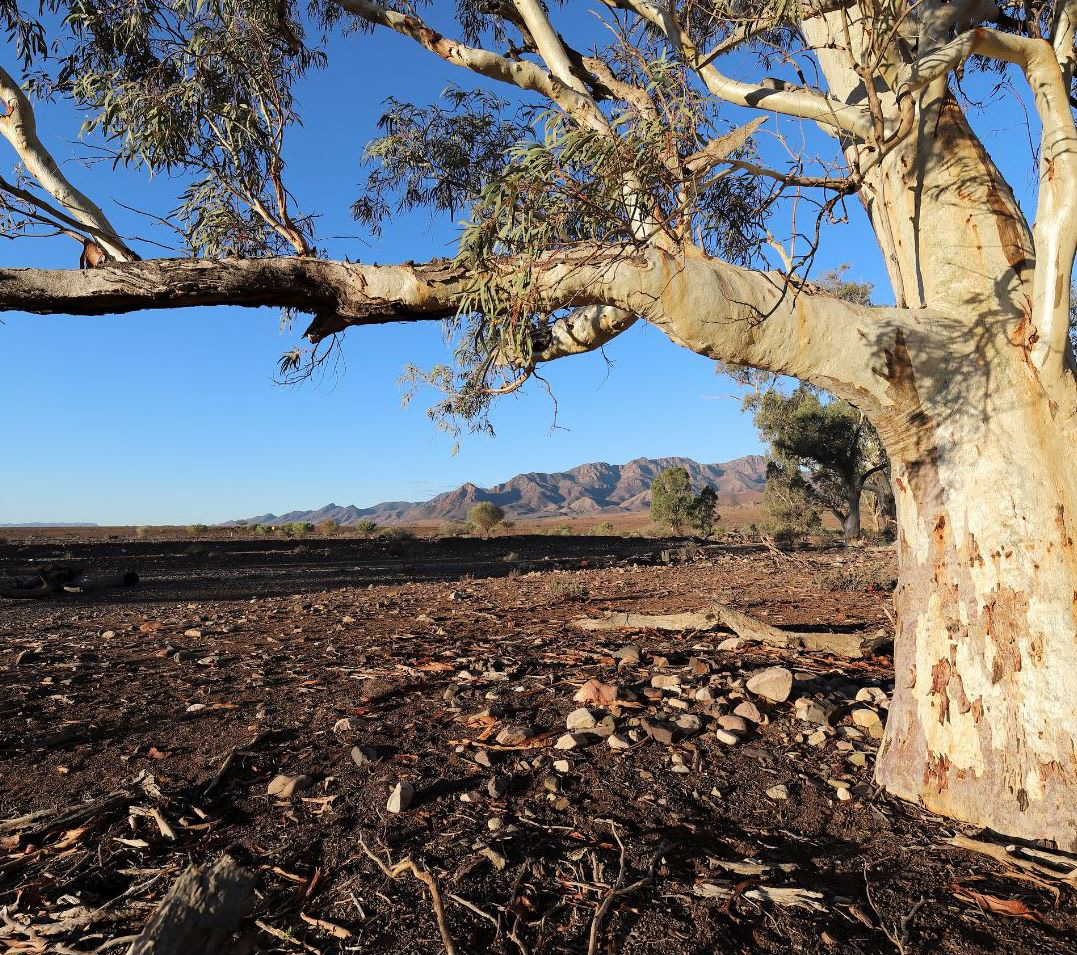Featured in

- Published 20250204
- ISBN: 978-1-923213-04-3
- Extent: 196 pp
- Paperback, ebook. PDF


Already a subscriber? Sign in here
If you are an educator or student wishing to access content for study purposes please contact us at griffithreview@griffith.edu.au
Share article
More from author

At that time in history
EssayYVONNE DE CARLO was a Canadian-born, American movie actor. The famous beauty was at the height of her film career in the 1940s and...
More from this edition

Home is where the haunt is
Non-fiction I BELIEVE WE are all haunted by the place of our birth – which is chosen without our consent. Unlike a place of residence, which...

hearth
Poetry yes, one day, finally, it will all fall away like all dead things we will sit again by the campfire story illuminating the fall of empire one day again we...

One language among many
Non-fiction Wyperfeld National Park, Wotjobaluk Country, October 2019 I PASS A defunct railway siding, the remnant mound like a sleeping animal. Pull up beside a mallee...